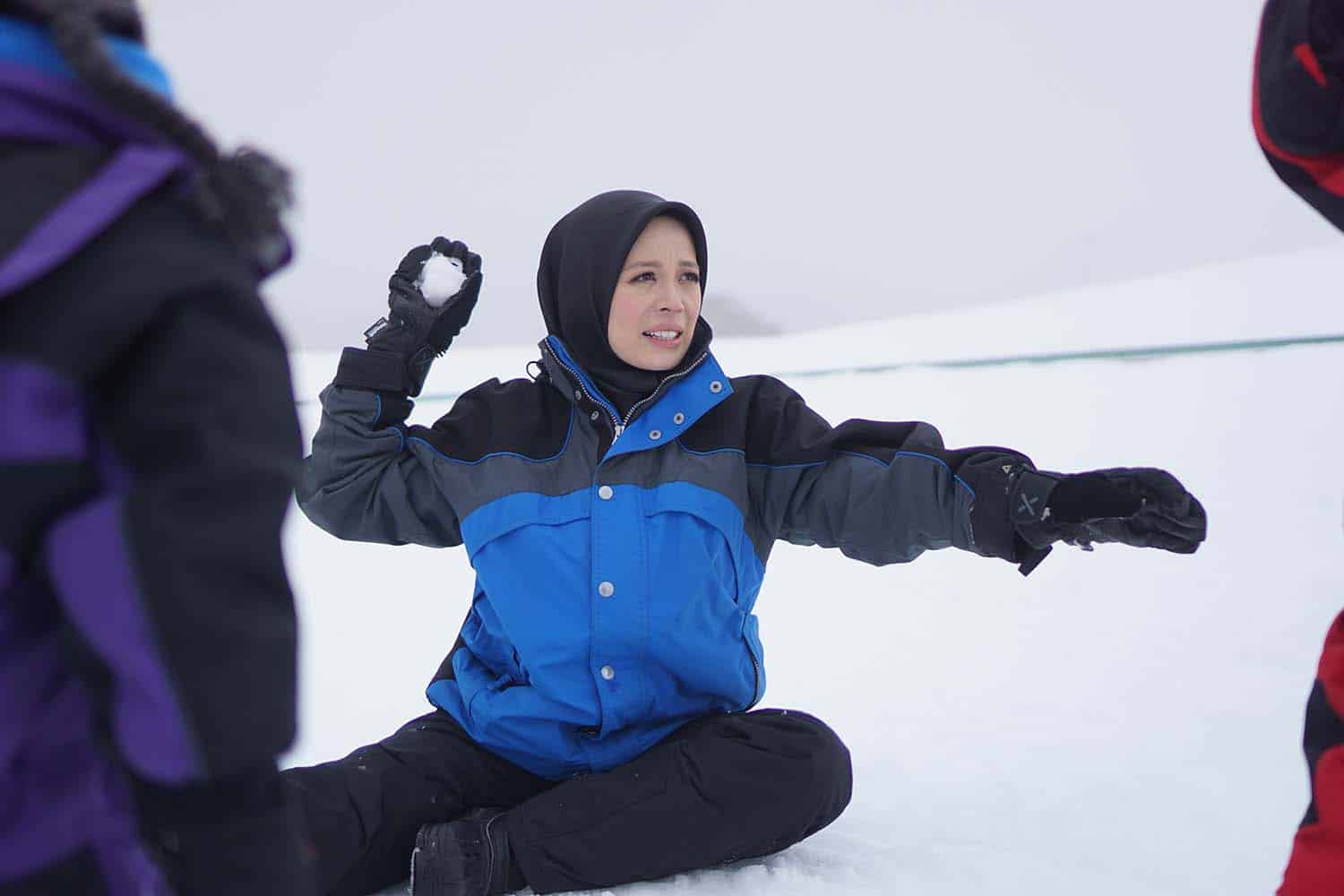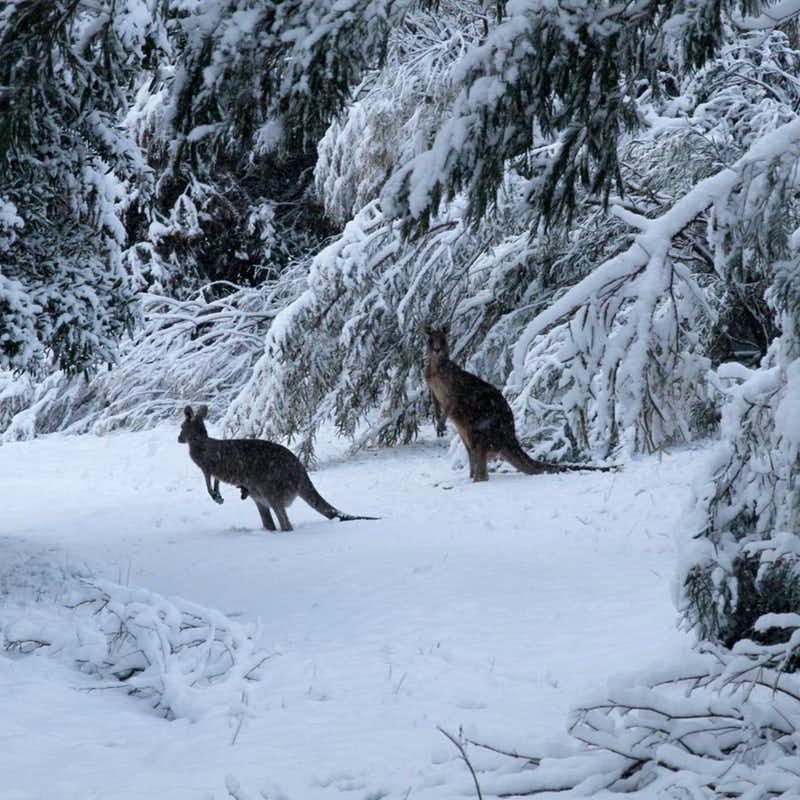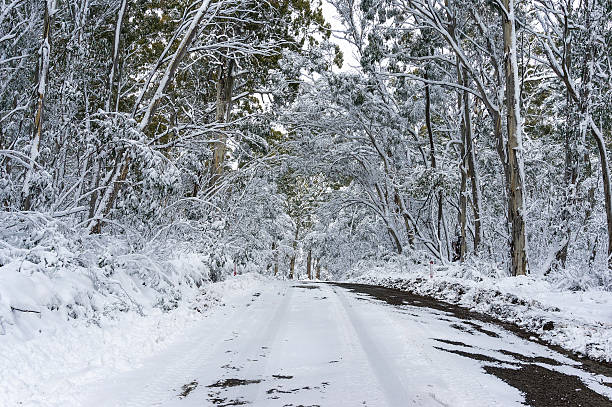The Different Kinds of Snow in Australia and Their Effect On Wintertime Sports
Australia, understood for its sun-soaked coastlines, is likewise home to a varied range of snow conditions that dramatically affect winter months sports. Each type, from the wet coastal snow to the dry interior powder, presents distinct obstacles and benefits for professional athletes. An understanding of these variants is necessary for those seeking to navigate the Australian inclines, as each calls for various strategies and durability. The following exploration will go over the implications of these snow types on winter season sporting activities efficiency.

Comprehending the Characteristics of Different Snow Kinds
While many presume that snow is an uniform entity, it is vital to recognize that there are different types, each with unique characteristics. In Australia, these variants are specifically noticable because of climatic variety. Coastal snow, found in locations such as the Snowy Mountains, is commonly wetter and denser because of high wetness material, making it perfect for snowball fights or building snowmen. On the other hand, the snow discovered in the interior regions like the Australian Alps is drier and lighter, usually compared to a cosy powder. These differences in snow kind aren't merely aesthetic; they dramatically impact wintertime sports, dictating the ease of movement, the speed attainable, and the level of control called for from professional athletes.
The Effects of Powder Snow on Snowboarding and Snowboarding
Regardless of its light and cosy look, powder snow in the Australian Alps provides both one-of-a-kind challenges and possibilities for winter sporting activities lovers, particularly those engaged in skiing and snowboarding. The flexible and smooth surface of powder snow also lowers risk of injury during drops, making it a favored option for severe wintertime sports.

The Challenges and Advantages of Packed Snow in Winter Months Sports
Moving focus from the loosened, completely dry powder snow, one more common sort of snow in the Australian Alps is jam-packed snow, presenting its very own collection of obstacles and benefits in the realm of winter months sports. This denser, extra solidified form of snow gives a faster, slicker surface, profiting sporting activities like downhill snowboarding and snowboarding, improving speed and precision. The same attributes also existing difficulties. Its difficult surface can be risky, boosting the capacity for injuries throughout drops. Navigating turns and regulating speed can be challenging on jam-packed snow, calling for greater skill levels from professional athletes. Despite these difficulties, packed snow remains an important component in numerous winter sporting activities, shaping the performance and techniques of athletes.
The Duty of Damp Snow in Australian Winters Months Gamings
In contrast to the dense, glossy surface of packed snow, wet snow plays a totally different function in Australian winter months video games. Characterised by its high moisture material, damp snow affects the speed and control of winter season sporting activities individuals. Its hefty, sticky nature can be testing for professional athletes, especially in winter sports and snowboarding where rate and manoeuvrability are essential. However, its pliability makes it optimal for site here snow sculpting occasions and for strengthening snow frameworks in sports like snow fort fights. Despite why not try this out its pitfalls, damp snow introduces a distinct dynamic to wintertime video games in Australia, testing athletes' flexibility and durability, and acting as a reminder of the diverse weather they need to be prepared to face.

How Slushy Snow Impacts Winter Months Sports Performance
Proceeding the exploration of varying snow conditions in Australia, the influence of slushy snow on winter sports is one more fascinating element. Slushy snow, arising from warmer temperature levels or straight sunshine, positions special difficulties to professional athletes. It minimizes speed and needs enhanced physical initiative as the tools penetrates the soft, water-saturated snow. In winter sports and snowboarding, slushy conditions can impact the predictability of dives and turns, enhancing the danger of mishaps. For snowmobiling, the equipment's efficiency may be prevented as it has a hard time to maintain traction. Thus, slushy snow changes the winter months sports landscape, demanding not just enhanced physical effort from athletes but likewise a better focus on safety and security precautions.
Adapting Winter Sports Techniques to Different Snow Conditions

Final Thought
In conclusion, Australia's varied snow types considerably affect winter sporting activities performance. Each type, from the glossy seaside snow to the drier indoor powder and the hefty, sticky wet snow, offers one-of-a-kind difficulties and advantages.
Moving emphasis from the loosened, dry powder snow, an additional common type of snow in the Australian Alps is packed snow, positioning its own collection of difficulties and advantages in the world of winter sporting activities - Does It Snow In Australia.In contrast to the dense, slick surface of stuffed snow, damp snow plays a completely different duty in Australian winter season video games. Its malleability makes it excellent for snow sculpting occasions and for fortifying snow frameworks in sporting activities like snow fort battles.Continuing the expedition of varying snow conditions in Australia, the effect of slushy snow on winter season sporting activities is another interesting aspect. Each type, from the slick coastal snow to the drier indoor powder and the heavy, sticky damp snow, presents distinct challenges and benefits
Comments on “Learn About the Locations That Occasionally See Snow In Australia During the Winter Season”